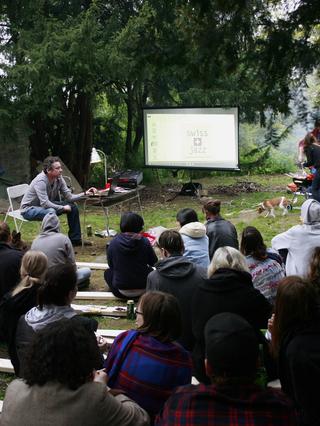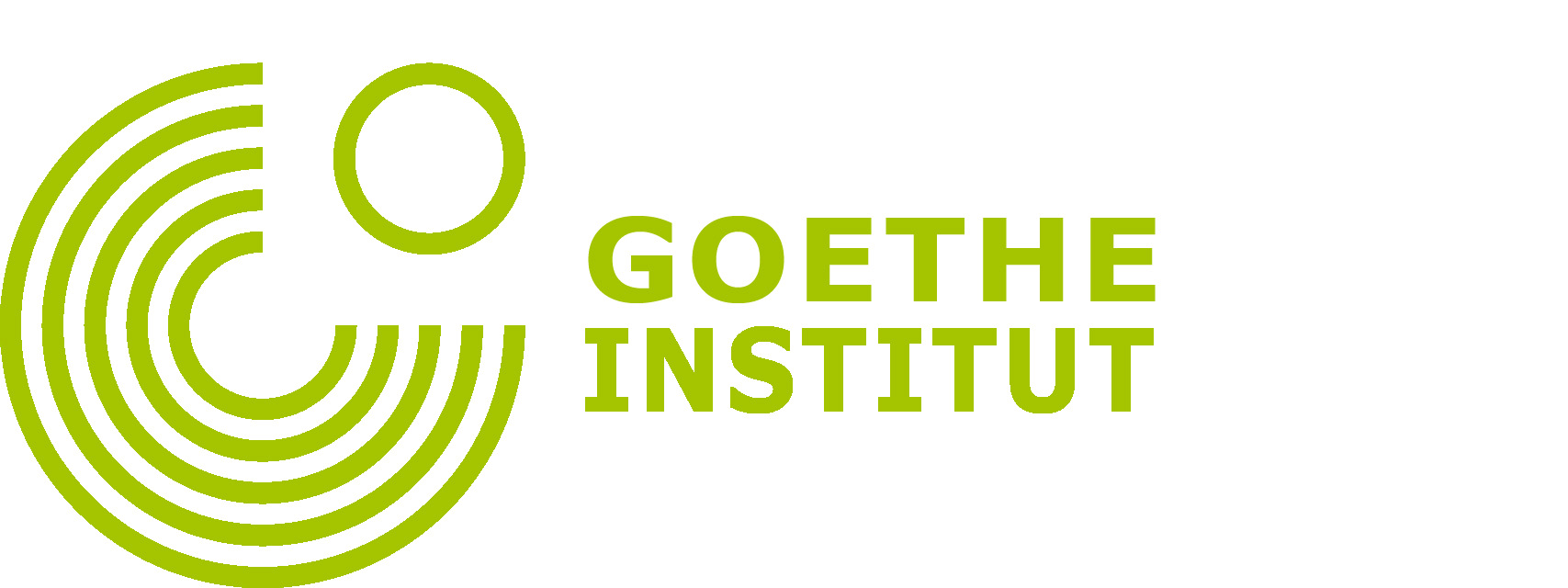 How to get to us
How to get to us
MeetFactory, o. p. s.
Ke Sklárně 3213/15
150 00 Praha 5
GPS:
50.053653
14.408441
Opening hours:
13:00 do 20:00 + based on evening program
Josephine Pryde, Michel Wagenschütz, Paul Niedermayer & students UdK Berlin
The
students of Contemporary Art and Photography at the University of the Arts,
Berlin, are in Prague together with their teacher, artist Josephine Pryde, at
the invitation of Edith Jeřábková and Dominik Lang and their
class at the Academy of Arts, Architecture and Design. Richard Parry, artist,
from London, is joining the group in Prague as a guest. The students are
involved in a cooperative project that springs from the theme 'Land Art'. They will be participating first
in a workshop in May in Prague, and then later collaborate to produce a book.
The workshop will be part of the Artists-in-Residence programme at the Meet
Factory.
Land Art, Common Land
The law locks up the man or woman
Who steals the goose from off the common,
But lets the greater villain loose
Who steals the common from the goose
Anonymous English poem, cited in Introduction to 'Stop, Thief!', Peter Linebaugh, 2014
This project seeks to combine research into and beyond two subject areas, linked through their base in the ground we tread and the environments we inhabit. We will be considering the historical canon 'land art', and attempting to formulate how we might expand or alter this field as we find ourselves working together, today.
Simultaneously, we will re-consider what we can understand at all by the term 'land', reading histories of how land became property, researching when common land became enclosed, and by whom. We will be undertaking a variety of field trips to complement this research, as well as enjoying the company of further invited guests.
Finally, we will look at how we may link our findings to documentations and changing technologies. Since much art today is, similarly to historical land art, first experienced through documentation online, or on social media, can we in some ways consider this new art also as a variety of land art? Plus, what has happened to the digital commons? How can we intensify our understanding of their dispropriation through our reading of the history of the disappearance of common land? Can we work together in this group to intensify our perceptions of our immediate surroundings and what is possible in them?
Land Art, Common Land
The law locks up the man or woman
Who steals the goose from off the common,
But lets the greater villain loose
Who steals the common from the goose
Anonymous English poem, cited in Introduction to 'Stop, Thief!', Peter Linebaugh, 2014
This project seeks to combine research into and beyond two subject areas, linked through their base in the ground we tread and the environments we inhabit. We will be considering the historical canon 'land art', and attempting to formulate how we might expand or alter this field as we find ourselves working together, today.
Simultaneously, we will re-consider what we can understand at all by the term 'land', reading histories of how land became property, researching when common land became enclosed, and by whom. We will be undertaking a variety of field trips to complement this research, as well as enjoying the company of further invited guests.
Finally, we will look at how we may link our findings to documentations and changing technologies. Since much art today is, similarly to historical land art, first experienced through documentation online, or on social media, can we in some ways consider this new art also as a variety of land art? Plus, what has happened to the digital commons? How can we intensify our understanding of their dispropriation through our reading of the history of the disappearance of common land? Can we work together in this group to intensify our perceptions of our immediate surroundings and what is possible in them?
No photos are saved




